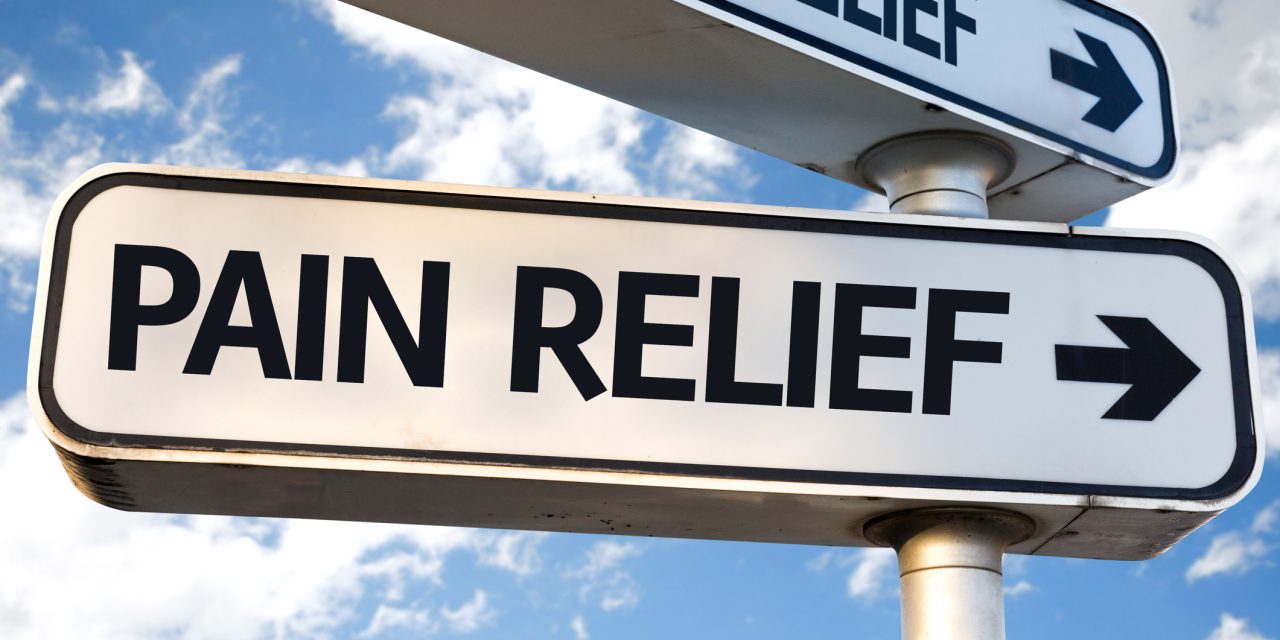Mercury has many direct and well-recognized neurotoxic effects. However, its immune effects causing secondary neurotoxicity are less well-recognized. Mercury exposure can induce immunologic changes in the brain indicative of autoimmune dysfunction, including the production of highly specific brain autoantibodies. Mercury, and in particular, Thimerosal, can combine with a larger carrier, such as an endogenous protein, thereby acting as a hapten, and this new molecule can then elicit the production of antibodies.
A comprehensive search using PubMed and Google Scholar for original studies and reviews related to autism, mercury, autoantibodies, autoimmune dysfunction, and haptens was undertaken. All articles providing relevant information from 1985 to date were examined. Twenty-three studies were identified showing autoantibodies in the brains of individuals diagnosed with autism and all were included and discussed in this review.
Research shows mercury exposure can result in an autoimmune reaction that may be causal or contributory to autism, especially in children with a family history of autoimmunity. The autoimmune pathogenesis in autism is demonstrated by the presence of brain autoantibodies (neuroantibodies), which include autoantibodies to: (1) human neuronal progenitor cells; (2) myelin basic protein (MBP); (3) neuron-axon filament protein (NAFP); (4) brain endothelial cells; (5) serotonin receptors; (6) glial fibrillary acidic protein (GFAP); (7) brain derived neurotrophic factor (BDNF); (8) myelin associated glycoprotein (MAG); and (9) various brain proteins in the cerebellum, hypothalamus, prefrontal cortex, cingulate gyrus, caudate putamen, cerebral cortex and caudate nucleus.
Recent evidence suggests a relationship between mercury exposure and brain autoantibodies in individuals diagnosed with autism. Moreover, brain autoantibody levels in autism are found to correlate with both autism severity and blood mercury levels. Treatments to reduce mercury levels and/or brain autoantibody formation should be considered in autism.
Copyright © 2020. Published by Elsevier GmbH.
Mercury as a hapten: A review of the role of toxicant-induced brain autoantibodies in autism and possible treatment considerations.


